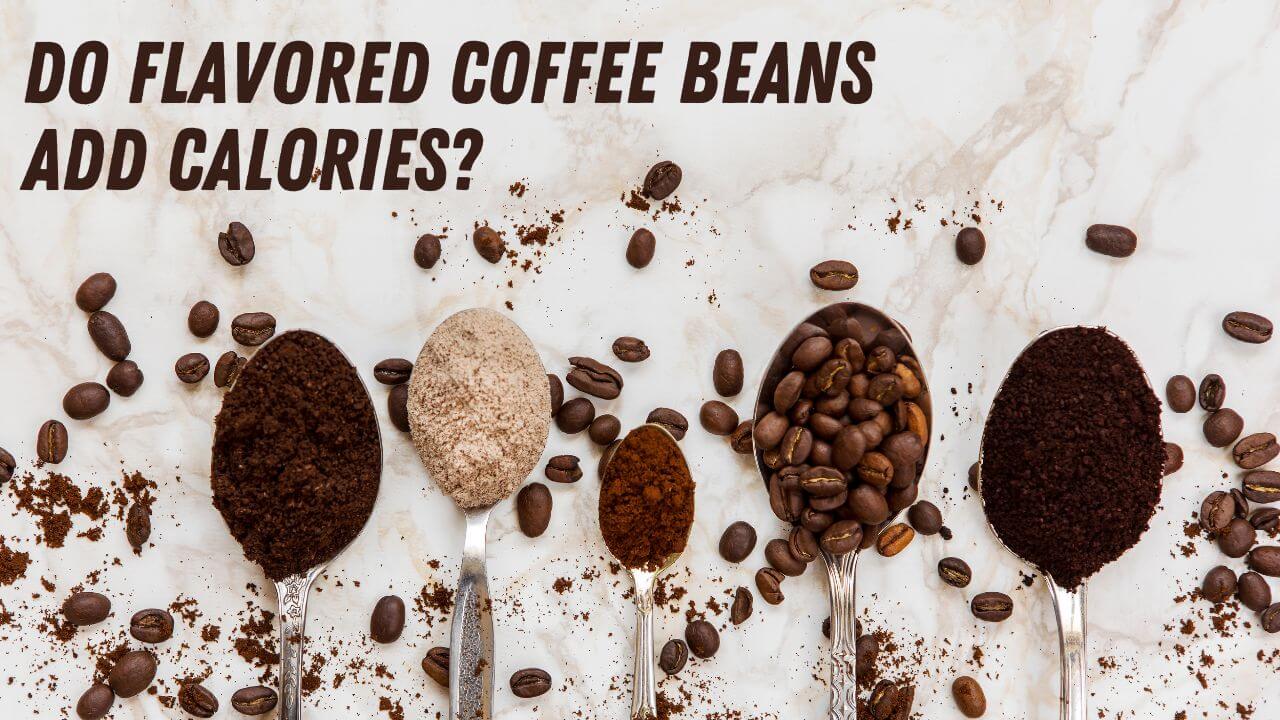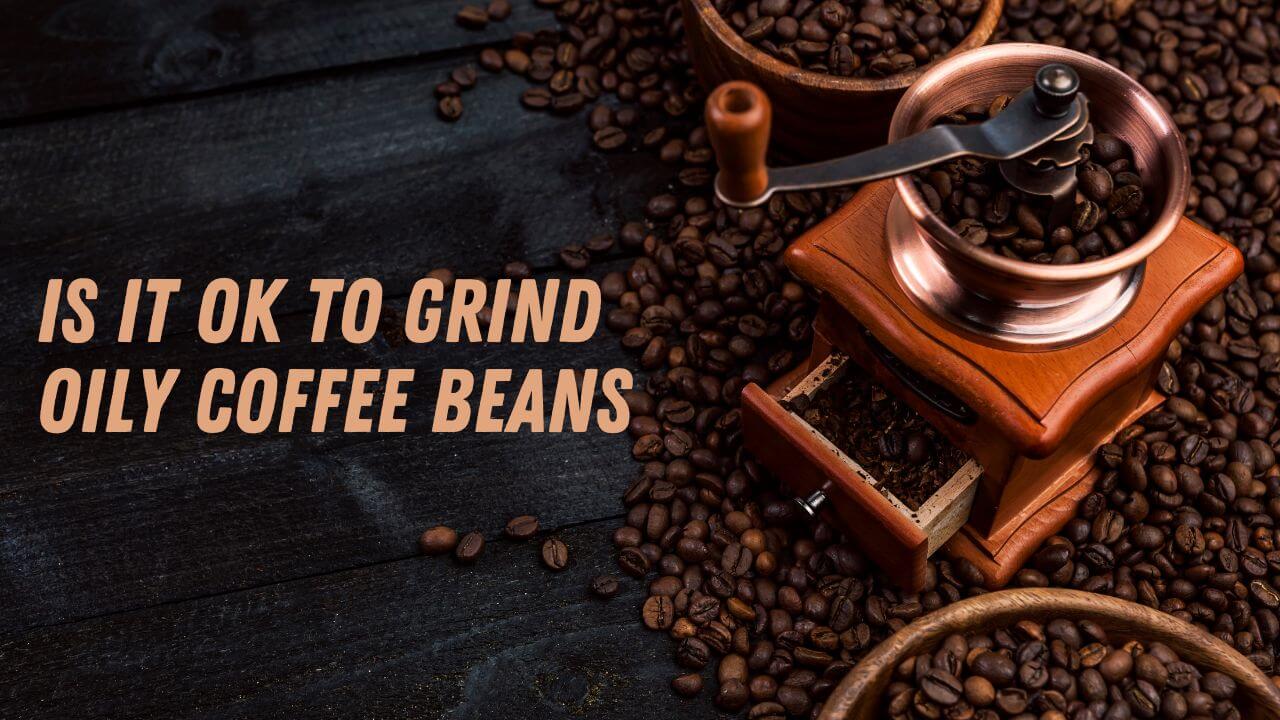Oily coffee beans can be a tricky business. When you’re trying to figure out which ones to avoid, it’s important to know the difference between what’s good and what’s bad.
In this article, we’ll break down some of the key signs of oily coffee beans and help you identify which ones you should stay away from.
Knowing when coffee beans are too oily is essential for getting a good cup of joe. We’ll go over some of the most common indicators that your beans may be too greasy and provide tips on how to determine if they’re suitable for brewing or if you should throw them away.
So if you’re looking for advice on which types of oily coffee beans to avoid, read on!
Signs Of Too Oily Coffee Beans
Coffee beans can be affected by a variety of oils, which may be either desirable or undesirable depending on the desired flavor profile. Too much oil in coffee beans can lead to an unpleasant and overwhelming taste. When selecting coffee beans, it is important to look for signs of excessive oils that can indicate the beans are not fresh and could have an off-flavor.
The most obvious sign of overly oily beans is their glossy sheen and slick texture. Beans should appear dry and matte in color, with no visible oils on their surfaces. If they appear damp or feel sticky to the touch, they are likely too oily and should be avoided.
Additionally, freshly roasted beans should have some give when squeezed between two fingers. If they feel hard and crunchy, it could indicate that they have been exposed to too many oils during processing or roasting, leading to a potential off-flavor in the cup.
Smelling is another way to identify if the beans have been processed with too much oil. Coffee beans should smell sweet and nutty when freshly roasted; however, if there’s a strong scent of oil present this could also signify an overly oily bean. It is best to avoid any coffee beans that show these signs as they could affect your overall cup quality negatively.
Factors That Affect Oily Coffee Beans
The signs of too oily coffee beans were clear, but what exactly causes this problem? There are several factors that can contribute to overly oily beans.
The first factor is the freshness of the beans. Beans that have been sitting on the shelf for a while will become stale, and as they age, they will be more likely to absorb moisture from their environment and become oily.
Additionally, if the beans are stored in an area with high humidity or temperature fluctuations, they may also become oily.
Another factor that can contribute to oily coffee beans is the grinding process. If the grounds are too fine, it can cause oil to be released from the beans. If there’s not enough airflow around the grinder, this can further increase the amount of oil extracted from the grounds.
Furthermore, if too much pressure is applied when grinding, it can also make the beans too oily.
Overall, to avoid getting overly oily coffee beans it’s important to use fresh beans stored in a cool and dry place, grind them appropriately and monitor how much pressure you apply when grinding them. With these steps in mind, you should be able to enjoy freshly brewed coffee without having to worry about excessively oily grounds ruining your cup of joe.
How To Identify Oily Coffee Beans
Coffee beans can range from dry and light to oily and dark. Knowing how to identify oily coffee beans is key for the brewing of great-tasting coffee. Identifying oily beans requires the knowledge of what to look for, as well as the ability to differentiate between different types of beans.
When selecting coffee beans, it is important to note that they should be uniform in size and color. Beans that are too large or have an uneven color could indicate that they have been over-roasted, which would result in a bitter flavor.
Oily beans will also appear darker due to the oils on their surface. The oil seeping out from these beans may also give them a glossy sheen that other types of beans do not possess.
In order to avoid using overly oily coffee beans, look for ones with a matte finish and less intense aroma than other varieties. Additionally, avoid buying pre-ground coffee as this has usually been roasted longer than necessary, resulting in an increased production of oils on the bean’s surface.
By following these tips, you can easily identify which type of coffee bean will make your perfect cup of joe.
Benefits Of Non-Oily Coffee Beans
Coffee beans that are oily can present a challenge when it comes to home brewing. The oils in the beans can coat the inside of a coffee maker and create an unpleasant taste. It’s important to avoid oily beans for a few reasons.
First, the oils can contribute to a bitter-tasting brew. When heated, these oils oxidize and cause the grounds to release bitter compounds like tannins and chlorogenic acids. This can make for a less enjoyable cup of coffee.
Second, oily beans often don’t have as much flavor or aroma as non-oily varieties. The oils can interfere with the natural flavors and aromas that come from freshly roasted coffee beans. Non-oily varieties tend to be fresher and more aromatic because they haven’t been subjected to oxidation due to the presence of oil on their surface.
Finally, non-oily beans are easier to clean up after brewing than oily ones are. Oils tend to stick around on surfaces and take longer to remove than other substances do, so avoiding them is key if you want your coffee maker clean and ready for use again quickly. Choosing non-oily varieties will save you time in your cleanup routine while also providing you with fresher tasting cups of coffee each day!
Tips For Choosing Coffee Beans
When selecting coffee beans, it’s important to know what kind of oiliness to avoid. Oily beans can have a negative effect on the taste and texture of the coffee, so you should take the time to choose wisely. Unusually oily beans are usually lower quality and can result in a less than desirable cup of coffee.
A good rule of thumb is to select lighter-colored beans that feel dry to the touch. Coffee beans that have a glossy or waxy sheen indicate too much oil, which means they have been stored improperly and will likely taste bad.
You should also look for any signs of mold or mildew on the bean surface, as this could lead to an off flavor or bitterness in your coffee.
The best way to make sure you get good quality coffee beans is by purchasing them from a reputable source with a proven track record of supplying high-quality products. Taking the time to do some research into different brands and suppliers is worth it if you want delicious coffee every time.
Conclusion
When it comes to choosing coffee beans, it’s important to identify those that are too oily. Oily beans can negatively affect the flavor and aroma of the coffee, so it’s best to avoid them.
To do this, I suggest looking for signs like an overly dark color or a glossy appearance. Additionally, there are factors that can affect how oily a bean is, such as its origin and processing methods.
By recognizing these signs and understanding what affects oiliness, you can make sure to choose non-oily coffee beans for the best results. With this knowledge in hand, you’ll be able to pick out quality beans that will produce the perfect cup of coffee.





